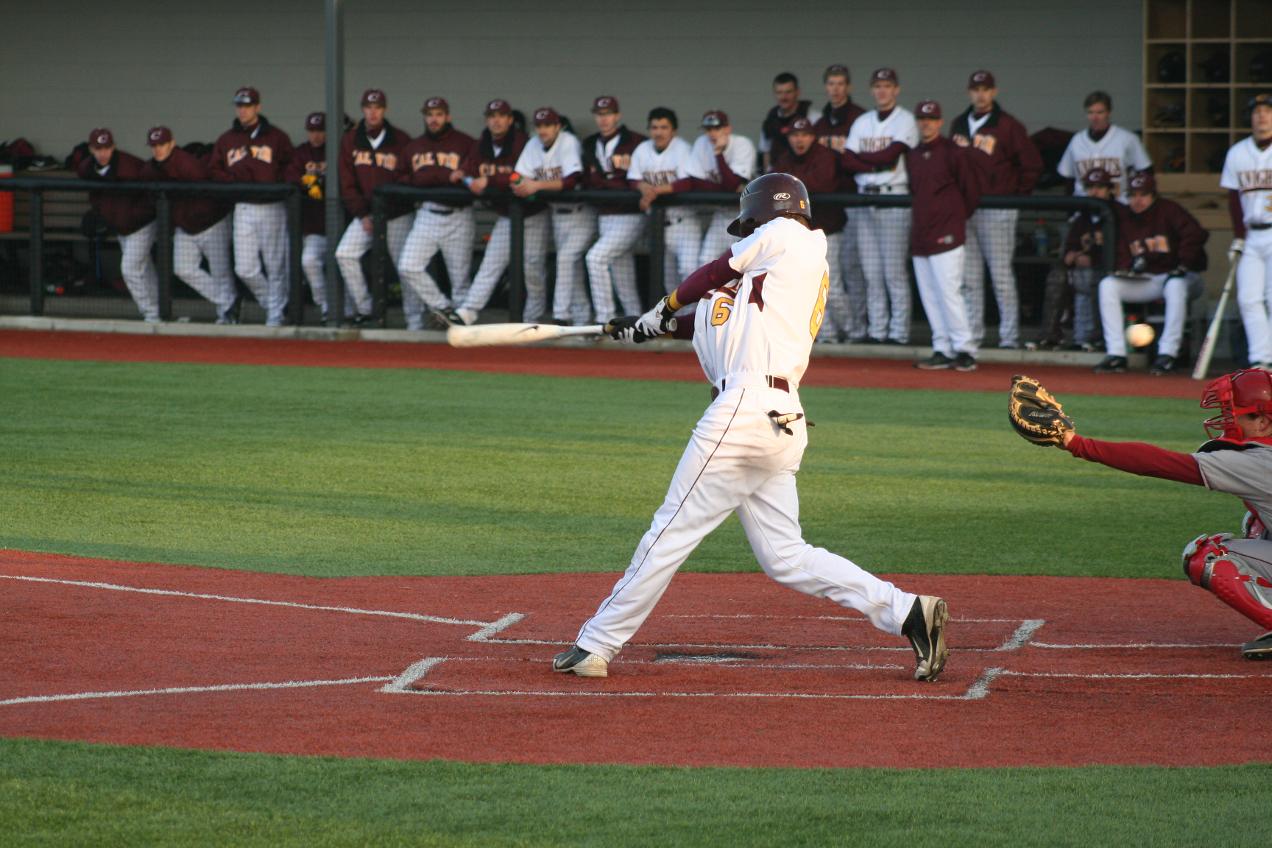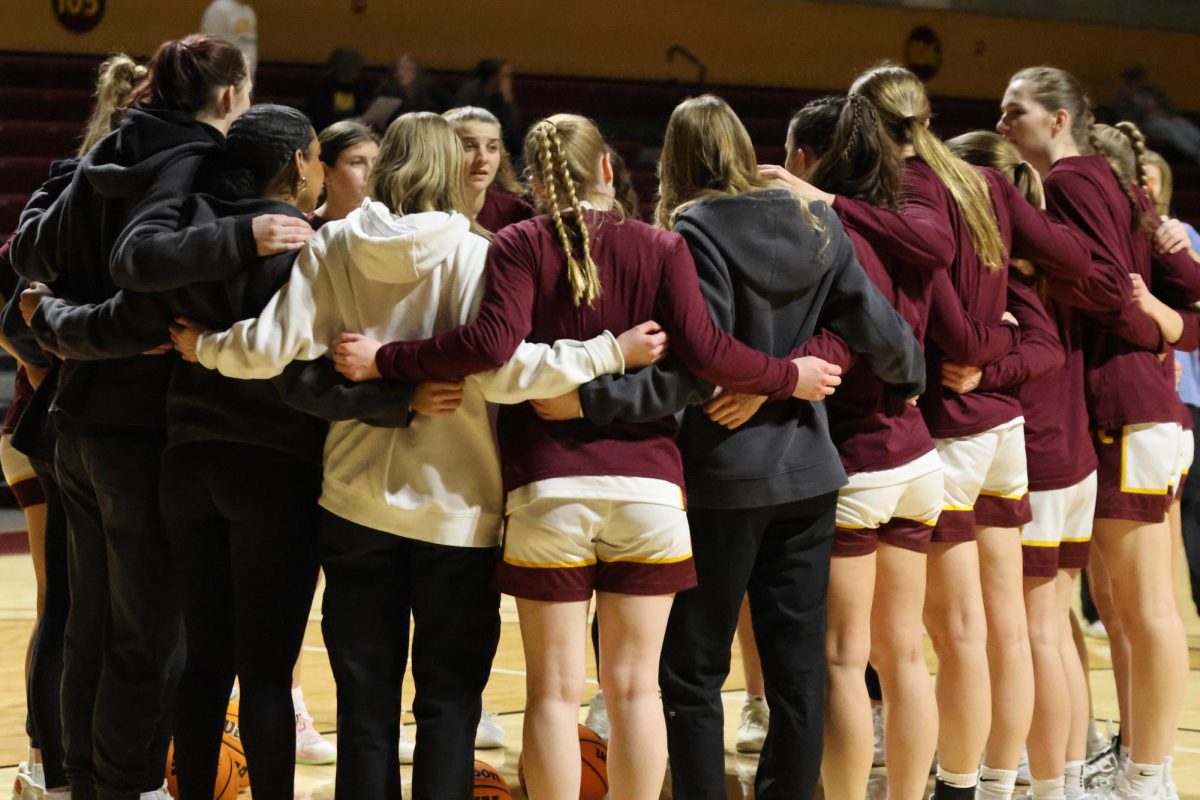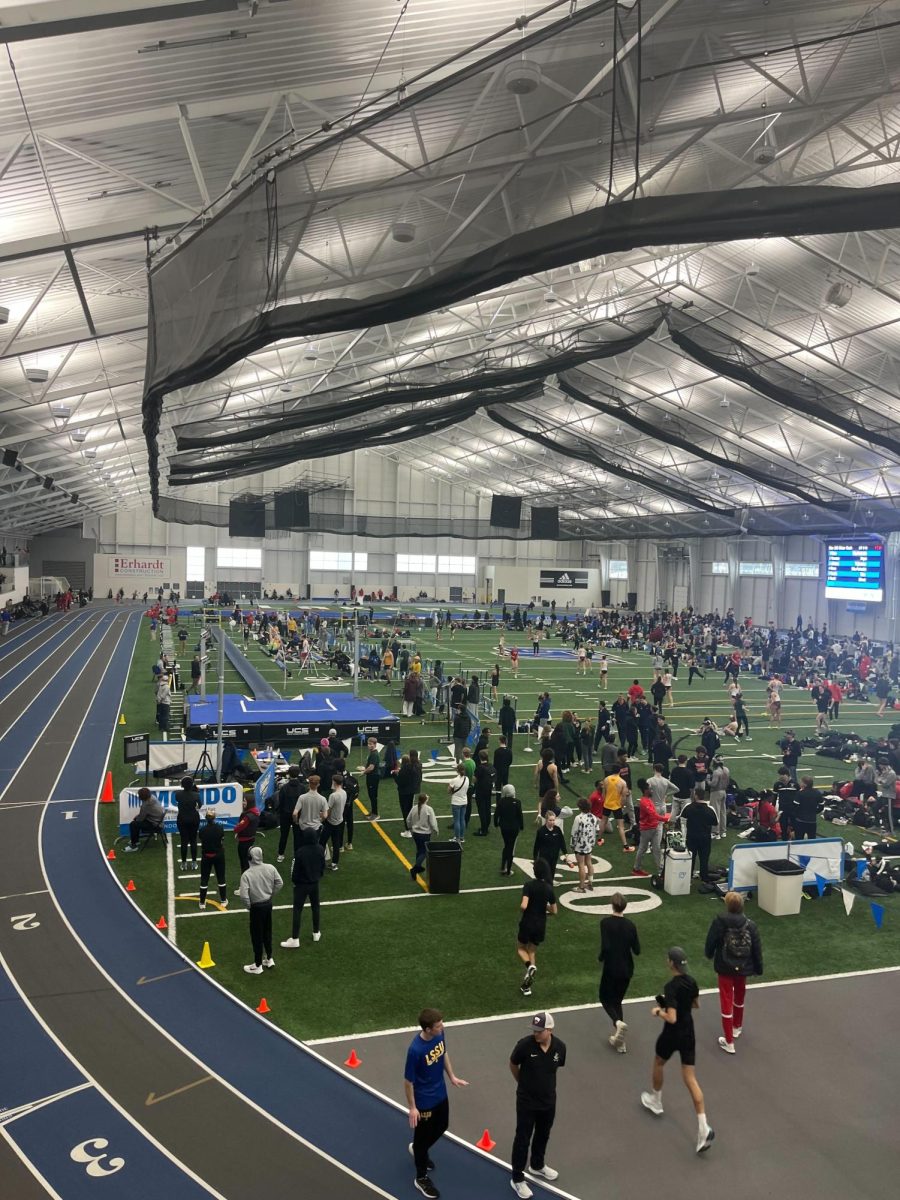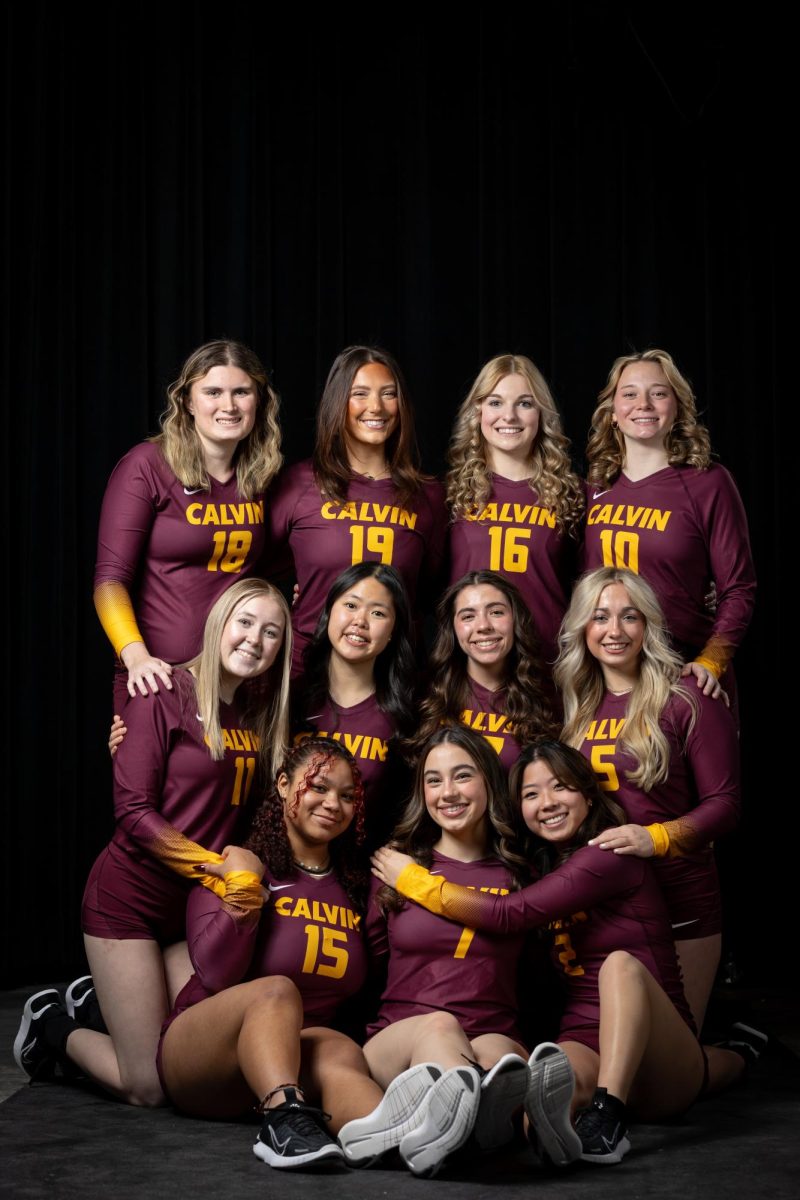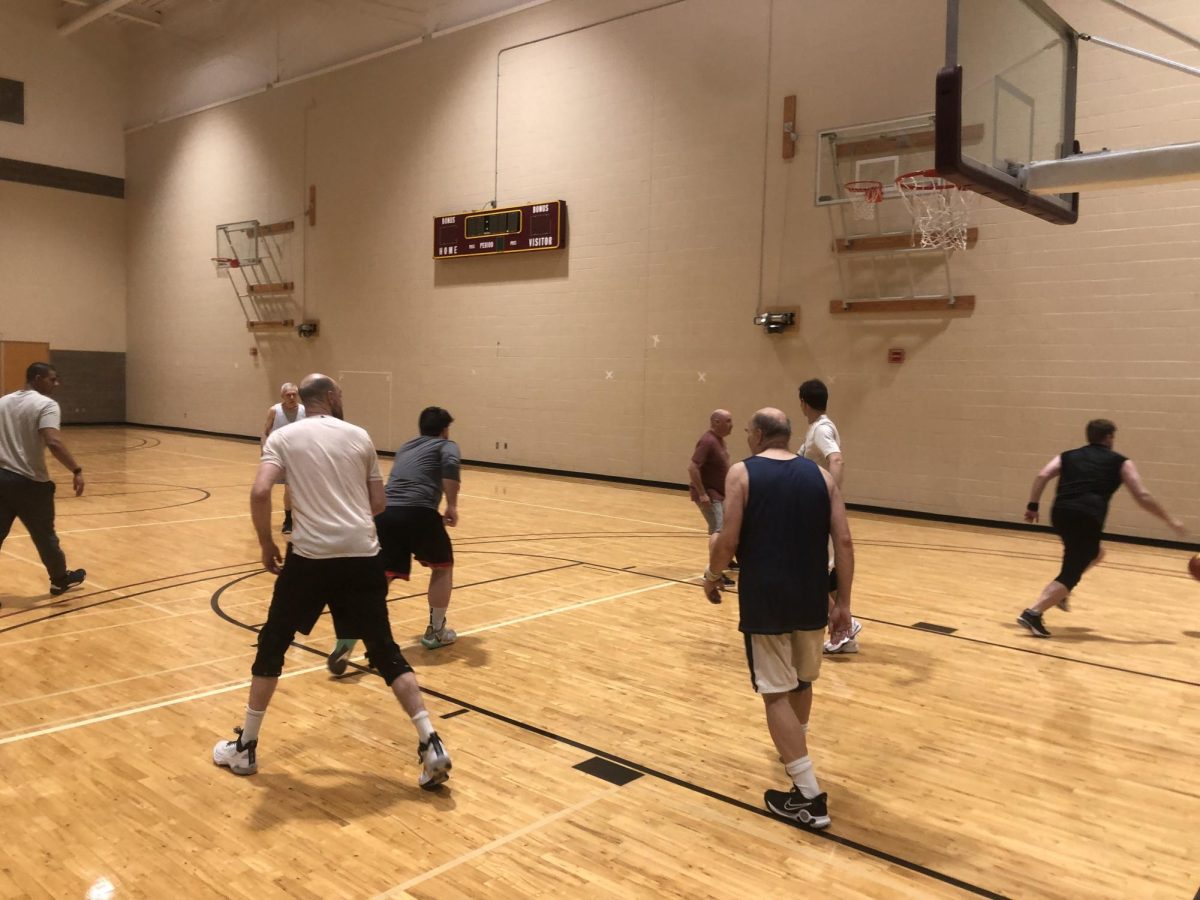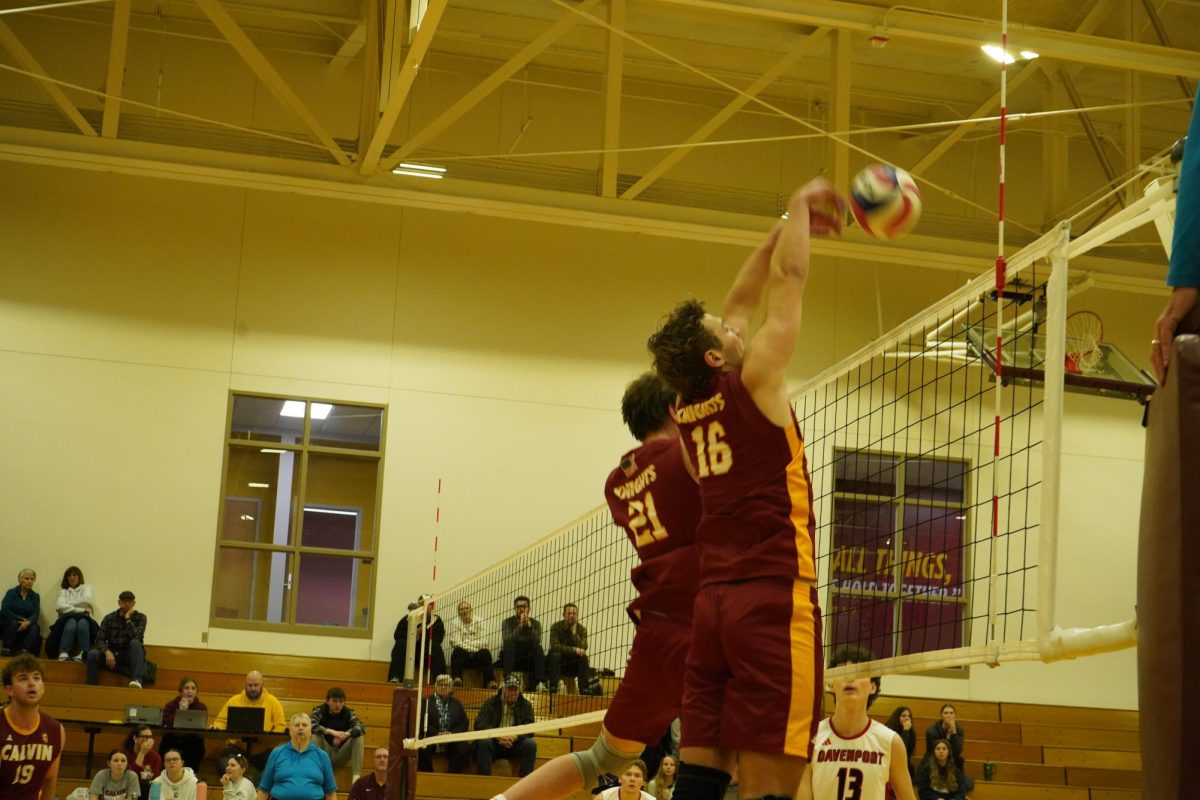With midwest weather trends, some nearby athletic departments have already made the move to turf athletic fields for certain sports. Cornerstone and Davenport Universities both have turf baseball fields while Hope College has turf for their football and soccer programs.
According to athletic director Dr. Jim Timmer, Calvin has listed turf athletic fields as part of the campus strategic plan.
“We are always looking to what’s the best for the students athlete experience so when you bring synthetic turf fields in, there are pros and cons,” Timmer said. Some of the considerations mentioned were upfront costs, facility upgrades such as lights, maintenance reductions and additional field usages.
Many sports could be affected by the change to turf fields. According to Timmer, the priority would be renovating Zuidema Field which currently hosts both the soccer and lacrosse programs.
Both head coaches of the men’s and women’s programs agreed that turf would help their programs.
Despite a “drastic impact on the game” due to the quickness and consistency, head coach of the men’s program, Kyle Hofstaedter, thinks that turf fields could be beneficial beyond the games themselves.
“The Tennis and Track Center is the only reasonably useable on-campus practice venue, and there isn’t enough useable time in the day for the number of teams looking to use it,” said Hofstaedter. “We have six teams and only five time slots. The T&T is a great facility, but for certain teams, practicing for five or six weeks straight on that surface is not conducive to keeping a team healthy.”
Women’s lacrosse head coach Blake Boehm agreed with those sentiments: “From the perspective of practice space, a turf field would allow the lacrosse teams to begin practicing outside earlier in the year, which in turn would free up space inside for other sports.”
Boehm also added, “Within our conference we are one of two women’s schools and the only men’s school with a natural grass field.”
If the fields were upgraded with turf and lights, some coaches think it would be advantageous to fit it into one athletic complex.
Timmer also believes that intramurals teams would benefit from turf fields as schools have begun adding lights to increase usage time, allowing for late night intramurals games.
Head coach of men’s soccer, Ryan Souders, was one of many who voiced his appreciation for the grounds crew. “As a soccer coach I love a natural surface. I think our grounds crew does an amazing job of keeping our game field in unbelievable shape especially in the fall.”
Souders added, “I love the surface we have, [but] I also understand the realities of midwest winters and other sport usage. So I think the reality of a turf field long term is more viable. It probably brings the most good for the most people.”
While turf would certainly be advantageous for the lacrosse and soccer programs, baseball head coach John Rypel is not worried about getting turf for the baseball field.
Rypel is ambivalent about the change. “I used to be pro grass because generally when you go to the NCAA Tournament it’s all grass.” However, he said, some teams won’t travel to Calvin because we don’t have a turf field.
“The field itself is fine,” said Rypel. “We don’t need turf to become a top 30 program in the country. In the conference, so far, I think we have one of the better playing surfaces; I’d take our playing surface over any one that we’ve played on … [but] I’d like to see additions to other stuff with the facility.”
At the end of the day, Calvin has not set a budget for this project, which is estimated to cost around $700,000. “Calvin never puts huge timelines on things,” Timmer said:
“So if someone ever came up and said this is something near and dear to their heart and was a lead gift I think the college would assess that and move forward in a timely fashion. Otherwise I think [this] goes in the college strategic plan and we continue to look for opportunities.”
Contributions by Mark Peless



